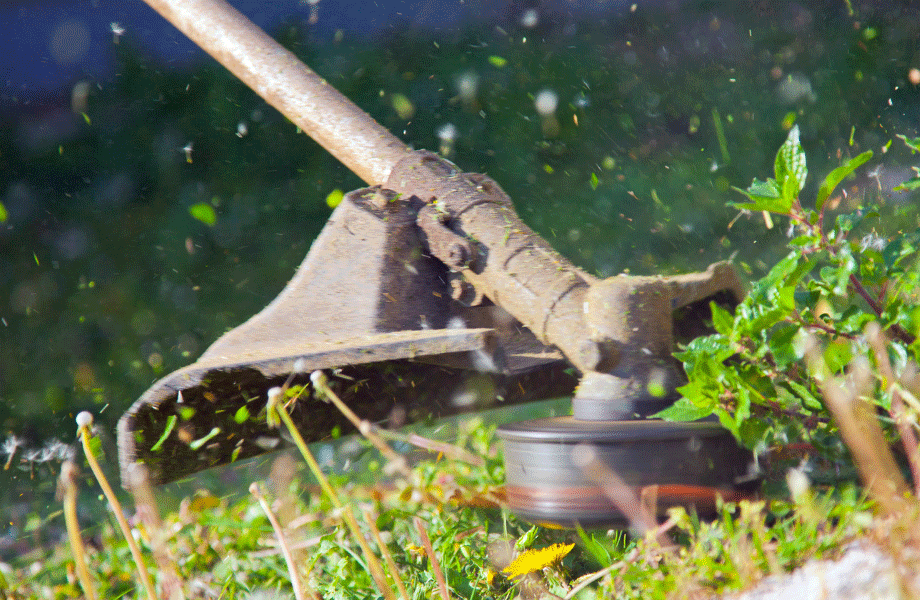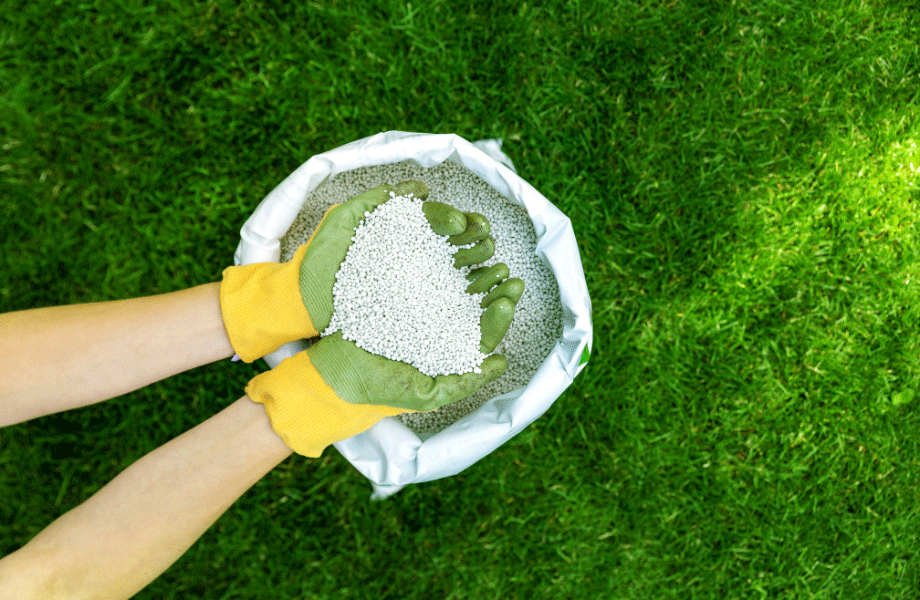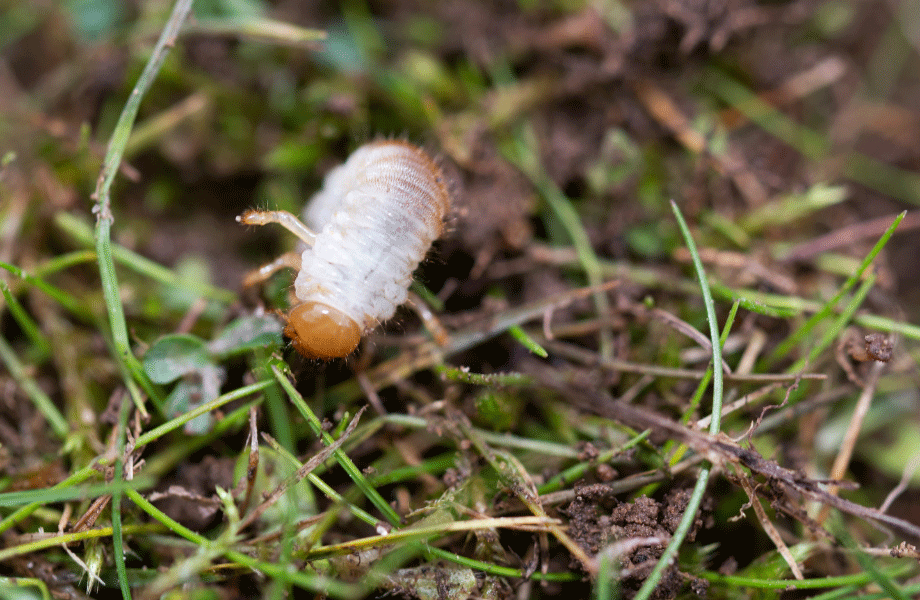You’ve just bought your first house, or laid your first new lawn. It looks great – green, lush and growing. But now you’re faced with a challenge. Taking care of it.
If it’s your first time taking care of a lawn, you might wonder just what to do. How often should you water? What weeds or disease should you look out for? Do you need to feed and when? Our beginner’s guide to lawn care will walk you through just what you need to do to keep your lawn healthy and happy (and the envy of all your neighbours)!
Beginner’s Guide to Lawn Care
Watering
A good, consistent watering schedule is probably the most important part of maintaining a healthy, thriving lawn. But how often you should water depends on where you live, the season you’re in and the type of grass you’re dealing with.
Here in Brisbane we often have Buffalo and couch grass, both of which are considered ‘warm season’ grasses. Both work well in southeast Queensland and both need a similar watering schedule.
The basic rule of thumb for watering is:
- Summer – water every three to four days
- Spring and autumn – water every seven to 10 days
- Winter – water only when needed (if leaves start to thin or yellow off)
Get this right and you’re off to a roaring lawn care start!
Mowing
No beginner’s guide to lawn care would be complete without a mowing schedule. Keeping your lawn cut to the right height does more than just keep it looking good. It also keeps it healthy and thriving.
The type of turf you have impacts how often you should mow. Each has its own requirement for optimal health.
- Nullarbor Couch – Mow every seven to 10 days in summer or every eight weeks in winter.
- Palmetto Buffalo grass – Mow every seven to 10 days in warmer months and every three to six weeks in colder months.
- Empire Zoysia turf – Generally only needs to be mowed every three to four weeks.
It’s important that you get onto a regular mowing schedule and cut your grass to the right height. This is generally around 3cm in the summer and 6cm in the winter. But the best rule of thumb is the one-third rule. This states never to cut more than one third of the grass with each mow.
The one-third rule of thumb is great for getting you through the various seasons. For example in winter the grass will grow less and you’ll need to mow less often and cut less. While the opposite will be true in summer. As long as you follow the one-third rule you’ll generally be doing things well.
Feeding
Feeding or ‘fertilising’ your lawn is another important part of lawn care, especially as a beginner. For couch grass, plan to lightly fertilise three to four times a year. You can also best maintain colour in winter by applying a slow release fertiliser in late autumn.
For more robust Buffalo grass, fertilising once a year in late autumn is all that’s really necessary. In fact, too much fertilising could actually mean a lot more maintenance for you, including increased watering and mowing. For Buffalo grass you will also need an iron supplement – such as iron chelate – at least once a year. This helps it to maintain it’s dark green colouring.
Lawn food is a great option for your general lawn feeding needs. And because it also contains iron to keep your grass green, it will help you get and keep your lawn looking green and lush.
Weed and pest prevention
A healthy lawn is the best defence against weeds and pests. But if you do find that you’re getting unsightly patches in your lawn, it’s a good idea to work out the root cause. Once you find out what’s causing the problem you can easily find the right solution.
In this beginner’s guide to lawn care we suggest that you just keep an eye out for die off, dead patches, thinking blades and the like. When you do see any of these, check out our other helpful guides about weeds and pests to find out what you’re dealing with. It might be:
- Weed infestation
- Brown patches
- Compacted soil
- Ruts, bumps + lumps
- Heat damage
- Neglect
- Lawn grubs
- Billbugs
- Lawn Armyworms
- Caterpillars
If it’s a pest infestation that’s causing you lawn dramas, Acelepryn GR is a great pest control all-rounder. Its granular formulation is easy to use, and you will see results with just a single application.
Better yet, it protects your lawn from a wide variety of damaging pests while also having a low environmental impact. Oxafert is another good choice. As a multipurpose herbicide and fertiliser, it can control the spread of weeds as well as give your lawn a boost.
Get some help!
If we haven’t answered all your questions in this beginner’s guide to lawn care, don’t panic, Our expert staff are on hand to answer all your lawn queries – whether it’s what type to buy to the best herbicides and fertilisers. Just give us a call. We always love to chat turf!
Whether you’re a newbie or a seasoned professional, we have everything you need for a green, lush lawn. Keep an eye on our product info page and how to page for more helpful tips and to find the best products for your lawn care challenges. And remember you can contact the expert team at Rock n Soil any time!














